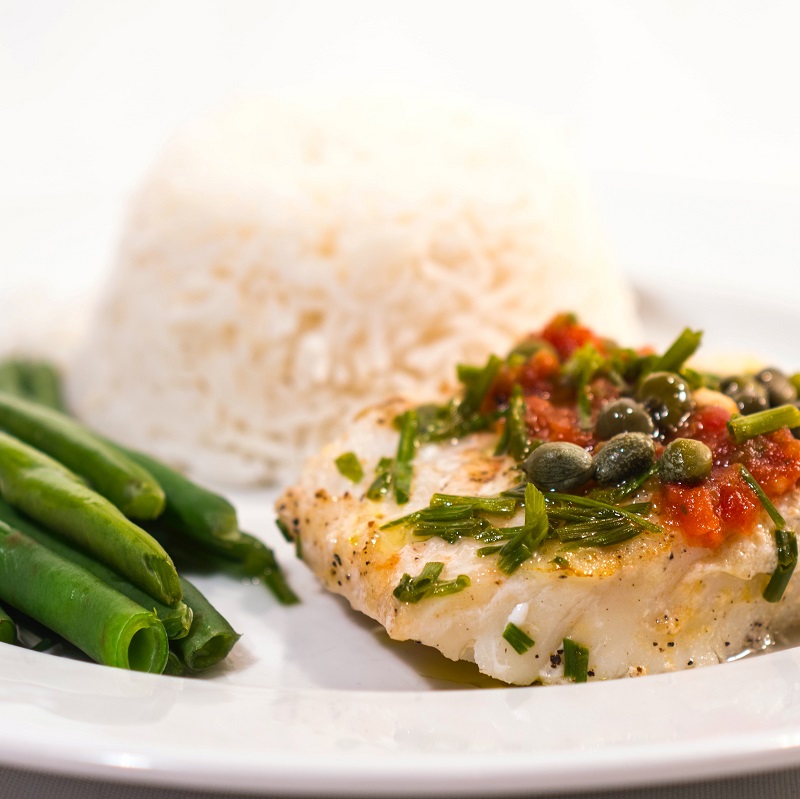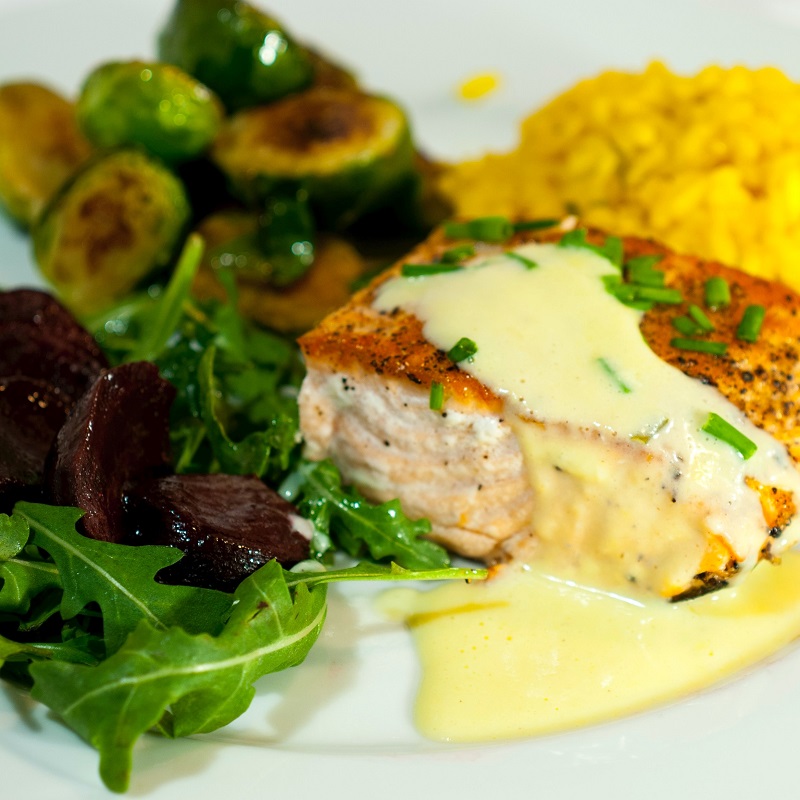How to Cook Sea Bream Fillets like a Pro Chef
Learn how to cook sea bream fillets like a pro chef with these expert tips from Spencer Westcott. Read on for more!
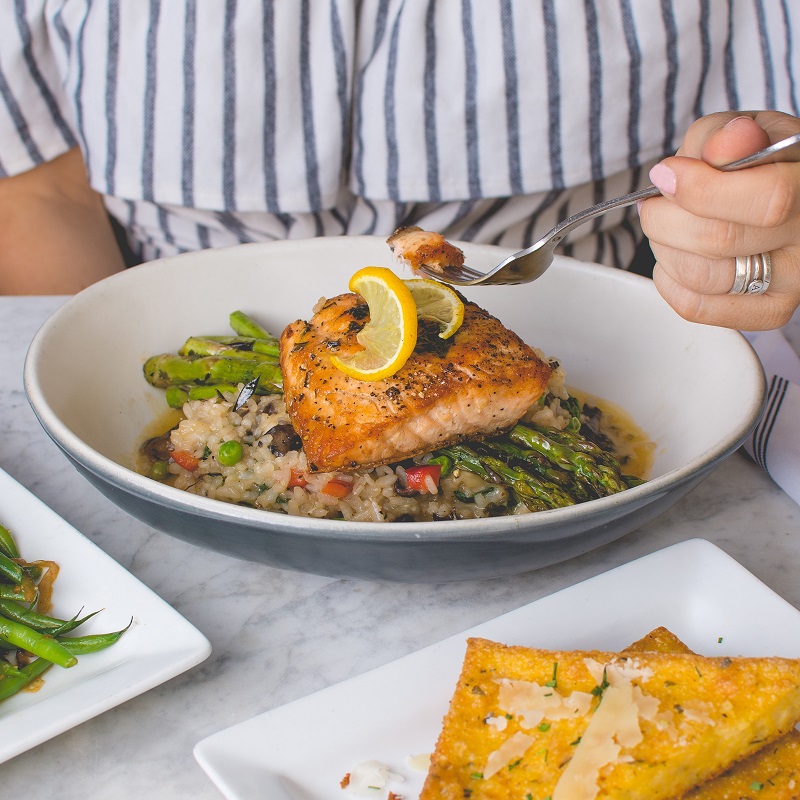
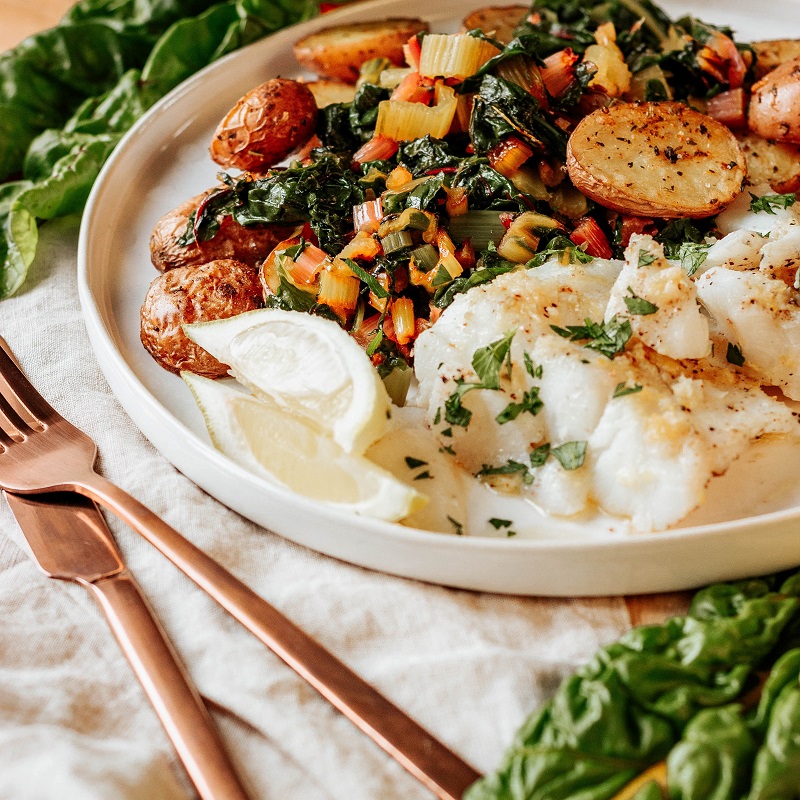
If you ask us, fresh grilled fish is the perfect summer dinner. Paired with a crisp glass of white wine and a handful of pan-fried or steamed veggies, fish dishes are reminiscent of the Mediterranean, transporting your tastebuds to far-flung destinations. Sea bream, in particular, is an international favourite.
Often used in Italian, Greek and southern European cooking, sea bream is loved for its rich flavour and easy preparation methods, and is often served with flavours such as garlic, lemon, and rosemary. Although it may seem simple, cooking sea bream fillets may not be as straightforward as it seems – if you want it to be restaurant-quality, that is.
Let expert chef Spencer Wescott teach you how to cook sea bream fillets like a pro with these 5 top-notch tips.
Order your fresh sea bream fillets from us!
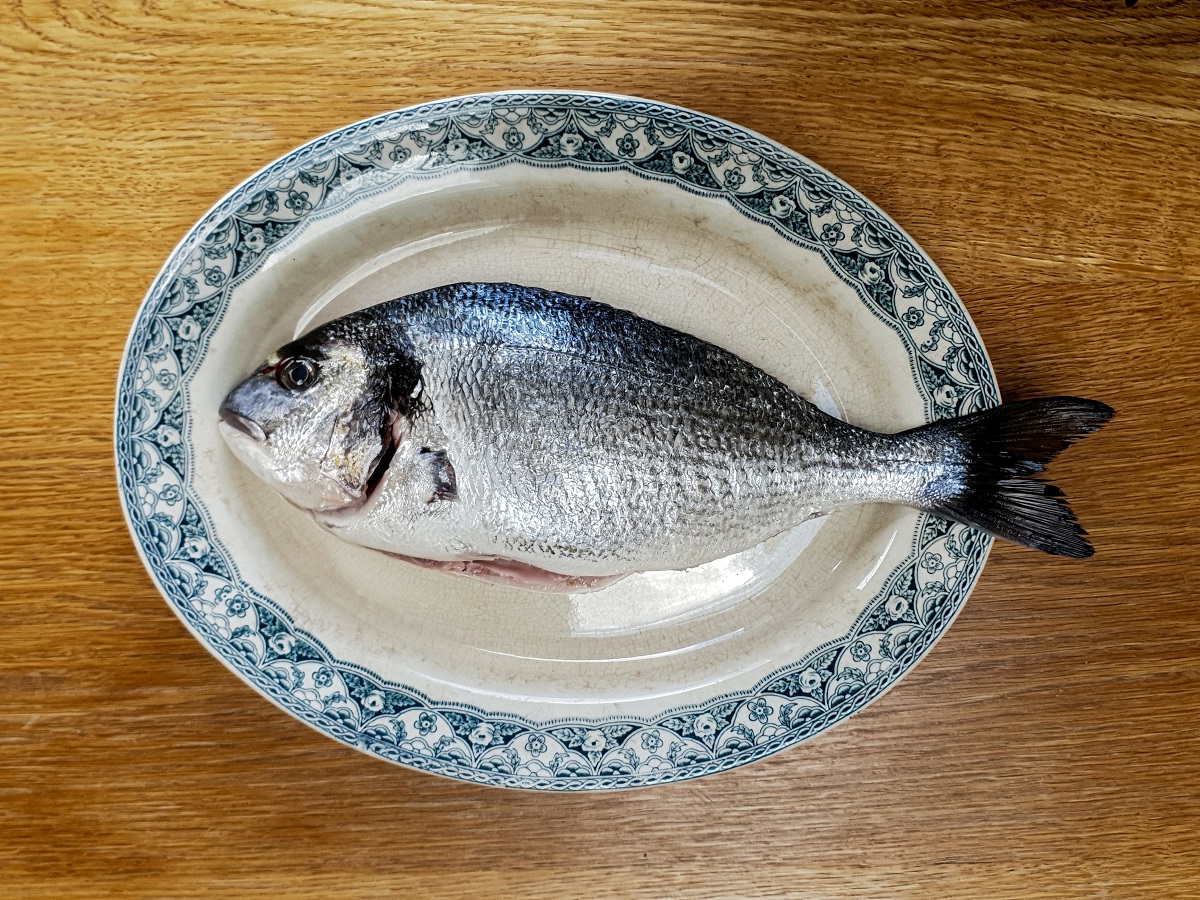
1. Don’t move the fillets around the pan too much
Cook the fish skin-side down without moving the fillet around for 3-4 minutes before turning over carefully with a fish slice and cooking for a further 2-3 minutes.
2. Dry your sea bream first
Make sure your sea bream fillet is dry before adding to the pan. If the surface of your fish is wet, it’ll steam rather than sear in the pan. Blot dry with a paper towel before cooking.
3. Be careful!
The flesh of a sea bream fillet is delicate – treat it with care! Invest in a fish spatula to avoid accidentally ripping or breaking your fish.
4. Use the right heat
To get crispy skin, you need to use a pan that can withstand high heat (like a cast-iron skillet or stainless-steel pan) and get it nice and hot before adding the sea bream, skin-side-down. Once you add your fish to the pan, press it down gently so that the skin completely touches the surface of the pan.
5. Rest your sea bream fillet
Allow the sea bream fillet to rest in the same way as you would a beef fillet. The fish will continue ‘cooking’ during the resting process, which will give you beautifully tender fish.
